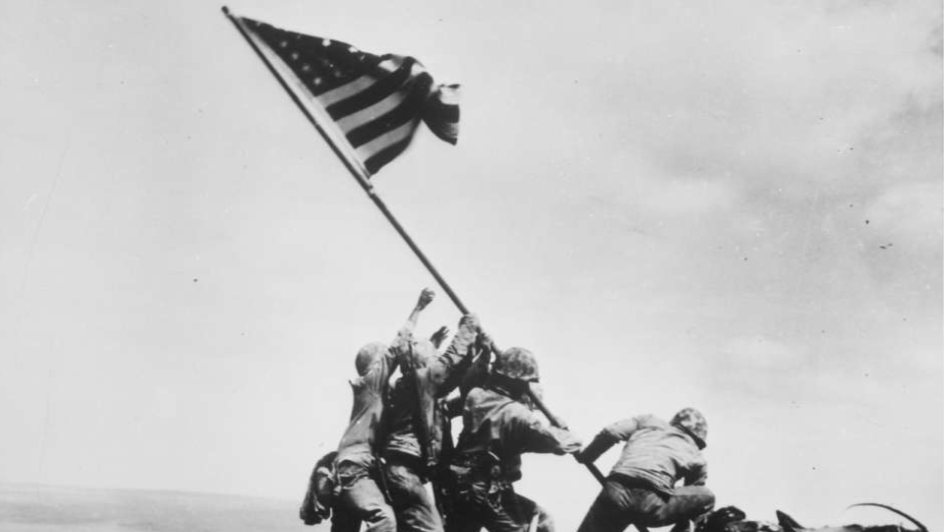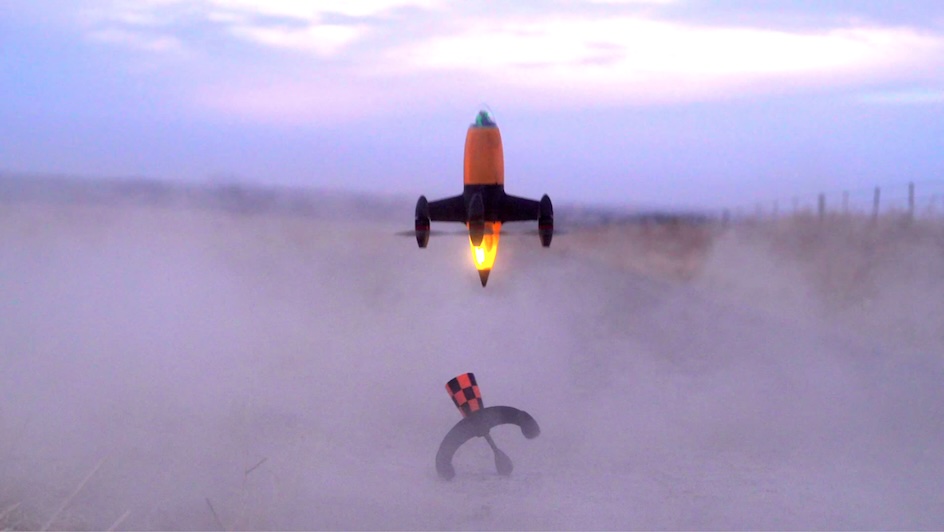#ThrowbackThursday – 23 February

From the creation of the world’s most famous book to the advances in genetic engineering (with the help of a sheep), take a look at these three events that went down in history on 23 February:
1455 – The Word, Now Available in Print
In the beginning was the Word, and the Word was with God … but it was only after nearly 15 centuries that the Word was printed for the first time.
23 February 1455 is the estimated date when Johannes Gutenberg of Germany printed the first Bible. About 180 copies of the “Gutenberg Bible”, as they were called, were printed using the printing press that he invented. Some were printed either on vellum or paper, with the pages running into thousands, and the actual print was quite small but legible and wholly free from spelling/grammatical errors.
Chapter headings and minor illustrations existed on the earlier copies, but were absent from later copies, leading some owners to hire scribes and illuminators to fill in the blanks – in other words, no Gutenberg Bible was exactly the same!
All of these copies were sold, and only 49 of them remain today – some complete, others not. They’re mainly found in library, museum and university collections around the world. To buy them is a hugely expensive affair; if an intact copy of the Gutenberg Bible were to be found and auctioned, the buyer would have to spend nearly $40 million.
1945 – Raising The Colours
It’s been immortalised in Joe Rosenthal’s iconic photo, in statues and in movies … the moment when American soldiers raised Old Glory on the island of Iwo Jima during World War II.
During the war, Iwo Jima was one of many Pacific islands that were controlled and used by the Japanese. A naval base with two airfields, Japanese were able to plan and carry out air attacks from the island. Additionally, they also intended to use the island as a means to fortify themselves against a potential US invasion on the Japanese mainland – they created an intricate, underground tunnel-and-bunker system that allowed them to access any part of the island.
Nevertheless, three divisions of US Marines invaded Iwo Jima on 19 February; four days later, in and amongst the bloody carnage, they managed to seize Mount Suribachi, the highest peak on the island. A small American flag was planted, but this was soon replaced by a much larger one. It took six soldiers to raise the flag to full mast upon the summit.
The moment was photographed by Rosenthal, and it appeared on virtually every front page of newspapers around the world. It became one of the most iconic images of Iwo Jima, as well as the entirety of the war. For the soldiers’ countrymen, it became symbolic of the US’ determination, hope and resolve, especially since the battle was far from finished.
The Battle of Iwo Jima came to an end on 26 March. There were over 27 000 casualties from both sides. Much more blood split in the months to come, from the Battle of Okinawa to the Hiroshima/Nagasaki bombings – but mention Iwo Jima to anyone, and they will likely think of the Red, White & Blue blowing in the breeze atop Mount Suribachi.
1997 – Cloning and Ewe … Er, You
Ah, cloning. A trope that we’re all very familiar with – movies and TV shows are chock-a-block with plotlines about people who create or suddenly meet persons who are genetically identical to them in every way.
In 1997, cloning became a reality: on 23 February, it was announced that a sheep named Dolly became the first animal to become cloned. She was born a year before at a lab in Edinburgh, Scotland after she was cloned from a cell that was taken from the mammary gland of a Finn Dorset ewe and an egg cell was taken from a Scottish Blackface ewe. She had been implanted in the womb of a Scottish Blackface ewe.
Named after songstress Dolly Parton (owing to her, ahem, glandular origins), Dolly’s existence and the technology used to make it happen came under heavy fire and heavy praise from the public: on one hand, some thought the cloning process was immoral, unethical and safe; on the other hand, others thought it was a great leap forward, especially from a medical perspective (cloning stem cells, allowing animals to become organ donors for humans, etc).
Dolly the sheep lived until 14 February 2003 when she was euthanised, due to issues with arthritis and lung disease (which some attribute to the cloning process). During her lifetime, she lived at the lab and had six lambs. She has since been stuffed and is on display at the National Museum of Scotland in Edinburgh.





















